Home>Storage & Organization>Garage Storage Solutions>How To Organize Wood In Garage
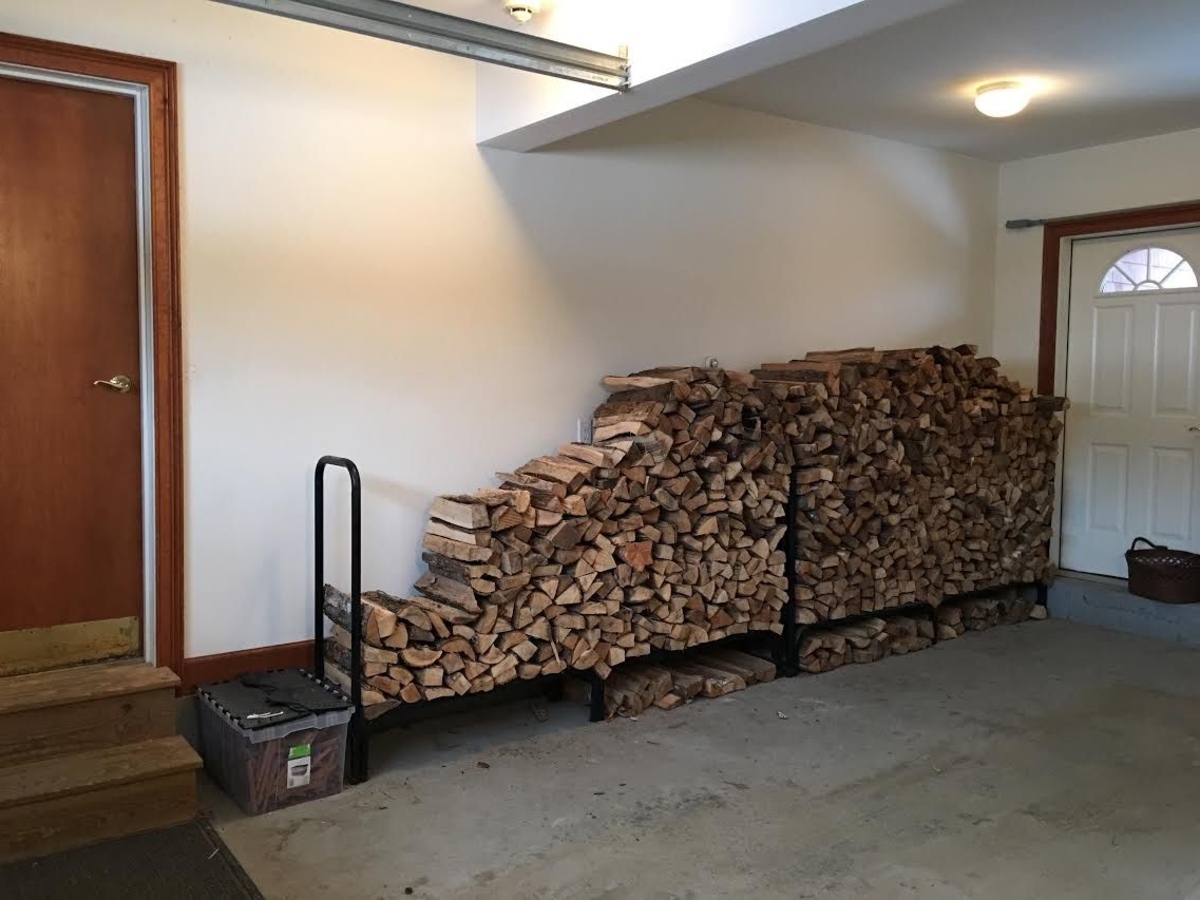

Garage Storage Solutions
How To Organize Wood In Garage
Published: March 2, 2024
Discover effective garage storage solutions for organizing wood in your garage. Get practical tips and ideas to keep your space tidy and clutter-free.
(Many of the links in this article redirect to a specific reviewed product. Your purchase of these products through affiliate links helps to generate commission for Storables.com, at no extra cost. Learn more)
Reasons for Organizing Wood in Garage
Organizing the wood in your garage is essential for several reasons. Not only does it help you keep track of your inventory, but it also ensures that your workspace remains safe and clutter-free. Here are some compelling reasons why organizing wood in your garage is crucial:
-
Safety: Storing wood in an organized manner reduces the risk of accidents and injuries. When wood is scattered haphazardly, it can create tripping hazards and increase the likelihood of sharp objects causing harm. By organizing your wood, you can create a safer environment for yourself and others who may enter your garage.
-
Efficiency: An organized wood storage system allows for easier access to the materials you need. This means you can spend less time searching for the right piece of wood and more time working on your projects. Efficiency is key, especially when you have limited time to dedicate to your DIY endeavors.
-
Preservation: Properly organizing and storing wood helps to preserve its quality. When wood is left lying around, it is more susceptible to damage from moisture, pests, and other environmental factors. By organizing your wood, you can prolong its lifespan and ensure that it remains in good condition for future projects.
-
Space Optimization: A well-organized wood storage system maximizes the use of space in your garage. This is particularly important if you have a small or crowded workspace. By utilizing storage solutions such as racks, shelves, and bins, you can free up valuable floor space and create a more functional and spacious environment.
-
Aesthetics: Let's face it – an organized garage simply looks better. By arranging your wood in an orderly fashion, you can transform a chaotic and messy space into a tidy and visually appealing workshop. This not only makes it more pleasant to work in but also gives off a more professional and put-together impression to anyone who sees your garage.
By taking the time to organize the wood in your garage, you can enjoy a safer, more efficient, and visually appealing workspace while also ensuring the longevity of your wood materials.
Key Takeaways:
- Organizing wood in your garage enhances safety, efficiency, and space optimization. It also preserves wood quality and improves the aesthetics of your workspace, making it safer and more visually appealing.
- Equipping yourself with essential tools and building efficient storage solutions helps maintain an organized wood storage system. Regular maintenance ensures accessibility, productivity, and the longevity of your wood materials.
Read more: DIY Wood Garage Shelves: How To Build One
Tools Needed for Organizing Wood in Garage
When it comes to organizing the wood in your garage, having the right tools can make the process much smoother. Here are the essential tools you'll need to effectively organize your wood storage:
-
Measuring Tape: A reliable measuring tape is crucial for accurately assessing the dimensions of your available space and the wood pieces you need to store. This will help you determine the appropriate storage solutions and ensure a proper fit for your materials.
-
Workbench: A sturdy workbench provides a designated area for sorting and categorizing your wood. It also serves as a convenient surface for assembling storage racks and shelves.
-
Storage Racks or Shelving Units: Investing in storage racks or shelving units is essential for keeping your wood off the floor and neatly organized. These can be wall-mounted or freestanding, providing vertical storage to maximize space.
-
Storage Bins or Containers: Utilize storage bins or containers to store smaller wood pieces, hardware, and accessories. Clear containers are particularly useful as they allow you to easily identify the contents without having to open each one.
-
Labeling Tools: Labels, markers, or a label maker are indispensable for clearly marking the contents of your storage bins and containers. This makes it easier to locate specific wood pieces and maintain an organized system.
-
Sawhorses: Sawhorses are handy for supporting long pieces of wood during sorting and categorizing. They provide a stable platform for inspecting and measuring wood, making the process more efficient.
-
Fasteners and Hardware: Stock up on screws, nails, brackets, and other hardware needed for assembling storage solutions. Having these items readily available will streamline the installation process.
-
Safety Gear: Prioritize safety by wearing appropriate gear such as gloves, safety goggles, and a dust mask when handling and organizing wood. This ensures protection against splinters, dust, and other potential hazards.
By equipping yourself with these essential tools, you can effectively organize the wood in your garage and create a well-structured storage system that enhances safety, accessibility, and overall efficiency.
Sorting and Categorizing Wood
Sorting and categorizing wood is a crucial step in organizing your garage. By systematically arranging your wood materials, you can streamline your workflow and easily locate the specific pieces you need for your projects. Here's how to effectively sort and categorize your wood:
-
Assess Your Inventory: Begin by taking stock of all the wood you have in your garage. Group similar types of wood together, such as pine, oak, or plywood. This initial assessment will give you a clear picture of the materials you have and help you plan the storage layout.
-
Consider Size and Length: Sort the wood based on its size and length. Separate longer pieces from shorter ones, and consider categorizing them further based on their dimensions. This will make it easier to identify the right piece for your projects without having to sift through a jumble of different sizes.
-
Organize by Type and Use: Categorize the wood based on its type and intended use. For example, you can create sections for framing lumber, trim pieces, and specialty wood. This approach ensures that you can quickly locate the specific type of wood required for a particular task.
-
Utilize Storage Containers: Use storage bins or containers to keep smaller wood pieces and scraps organized. Clear containers are ideal as they allow you to see the contents at a glance, preventing the need to open multiple containers to find the right piece.
-
Labeling System: Implement a labeling system to clearly mark the different categories of wood. Label each storage area or container with the type of wood it contains, making it effortless to identify and retrieve specific materials.
-
Create a Sorting Area: Designate a specific area in your garage for sorting and categorizing wood. This can be a section of your workbench or a dedicated sorting table. Having a designated space for this task helps prevent clutter from spreading throughout the garage.
-
Consider Project Requirements: If you frequently work on specific types of projects, consider organizing your wood based on these requirements. For instance, if you often build furniture, separate the wood suitable for furniture-making from other materials.
-
Regular Maintenance: Once you have sorted and categorized your wood, make it a habit to maintain the organization. Return wood to its designated storage area after use and periodically review and adjust the categories as needed.
By following these steps, you can efficiently sort and categorize the wood in your garage, creating a well-organized system that enhances accessibility and productivity for your DIY projects.
Use wall-mounted racks or shelves to store wood in the garage. Keep longer pieces of wood vertically to save space, and group similar sizes together for easy access.
Building Storage Solutions for Wood
When it comes to organizing wood in your garage, having efficient storage solutions is paramount. Building suitable storage options not only keeps your workspace tidy but also ensures that your wood materials are well-protected and easily accessible. Here's how you can construct effective storage solutions for your wood:
-
Wall-Mounted Racks and Shelves: Utilize the vertical space in your garage by installing wall-mounted racks and shelves. These can be customized to accommodate different lengths and types of wood. Use sturdy brackets and anchors to secure the racks and shelves to the wall, ensuring they can support the weight of the wood.
-
Overhead Storage: If you have limited floor space, consider building overhead storage for longer pieces of wood. This can be achieved by installing a pulley system or constructing a simple platform near the ceiling. Ensure that the overhead storage is safely secured and does not obstruct any garage door mechanisms or lighting fixtures.
-
Mobile Storage Cart: Build a mobile storage cart with compartments to store smaller wood pieces and tools. This cart can be easily maneuvered around your garage, providing convenient access to frequently used materials. Incorporate locking casters to keep the cart stable when in use.
-
Lumber Rack: Construct a lumber rack to neatly store and organize longer pieces of wood. This can be a freestanding rack or attached to the wall, depending on your available space. Ensure that the rack is designed to support the weight of the wood without sagging or becoming unstable.
-
Pegboard Storage: Install a pegboard on the wall and utilize hooks and pegs to hang smaller hand tools, clamps, and other woodworking accessories. This helps free up space in drawers and cabinets, allowing for a more organized and efficient storage system.
-
Customized Cubbies: Build customized cubbies or compartments to store wood of varying sizes and types. These cubbies can be designed to fit specific dimensions, ensuring that each piece of wood has its designated storage space.
-
Stackable Storage Bins: Construct stackable storage bins or cubbies for storing smaller wood scraps and offcuts. These bins can be easily stacked to maximize vertical space and keep the garage floor clear of clutter.
-
Roll-Out Storage: Build roll-out storage units that can be installed in cabinets or under workbenches. These units provide easy access to stored wood and can be customized to fit the available space.
By implementing these storage solutions, you can effectively organize and store your wood materials, creating a well-structured and accessible storage system in your garage. Remember to prioritize safety when building and installing storage solutions, ensuring that they are secure and stable to prevent accidents or damage to your wood inventory.
Maintaining Organized Wood in Garage
Once you have invested time and effort into organizing the wood in your garage, it's essential to establish a maintenance routine to ensure that the system remains effective and efficient. Here are some key strategies for maintaining the organized wood in your garage:
-
Regular Inspections: Schedule regular inspections of your wood storage areas to assess the organization and identify any areas that may need attention. Look for any signs of disarray or items that have been misplaced.
-
Return Items to Designated Areas: Encourage a habit of returning wood materials to their designated storage areas after use. This simple practice helps prevent clutter from accumulating and maintains the integrity of your organized system.
-
Adjust and Refine Categories: As your woodworking projects evolve, you may find the need to adjust and refine the categories in your wood storage. Periodically review the organization system and make necessary adjustments to accommodate changes in your inventory.
-
Clean and Declutter: Regularly clean the storage areas and remove any unnecessary items or scraps that may have accumulated. Keeping the storage spaces clutter-free contributes to a more organized and visually appealing garage.
-
Inspect for Damage or Decay: Check your wood materials for any signs of damage, decay, or pest infestation. Promptly address any issues to prevent the spread of damage to other stored wood and maintain the overall quality of your inventory.
-
Label Maintenance: Ensure that labels on storage containers and shelves remain clear and legible. If any labels have become faded or damaged, take the time to re-label the storage areas to avoid confusion.
-
Implement a Usage Log: Consider keeping a usage log to track the frequency of using specific wood materials. This can help you identify which types of wood are used most often and adjust their storage locations for easier access.
-
Educate Family Members or Workshop Users: If others have access to your garage workspace, educate them on the importance of maintaining the organized wood storage system. Encourage everyone to contribute to the upkeep of the organized environment.
-
Seek Feedback and Suggestions: Don't hesitate to seek feedback from fellow woodworkers or family members who use the garage space. They may offer valuable insights or suggestions for improving the organization and maintenance of the wood storage.
By implementing these maintenance practices, you can ensure that the organized wood in your garage remains functional, accessible, and well-preserved. Consistent maintenance not only prolongs the lifespan of your wood materials but also contributes to a more efficient and enjoyable woodworking environment.
Frequently Asked Questions about How To Organize Wood In Garage
Was this page helpful?
At Storables.com, we guarantee accurate and reliable information. Our content, validated by Expert Board Contributors, is crafted following stringent Editorial Policies. We're committed to providing you with well-researched, expert-backed insights for all your informational needs.
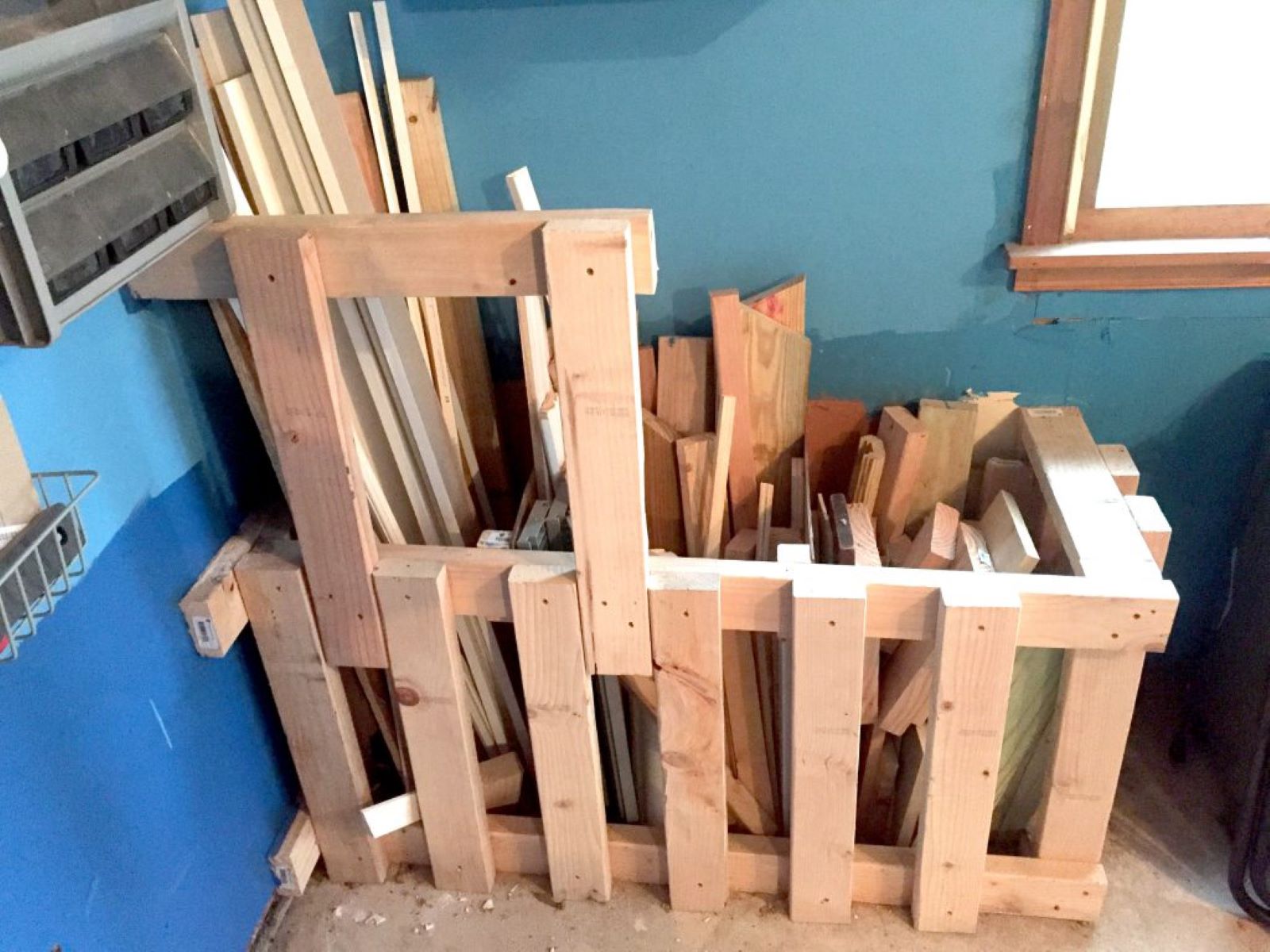
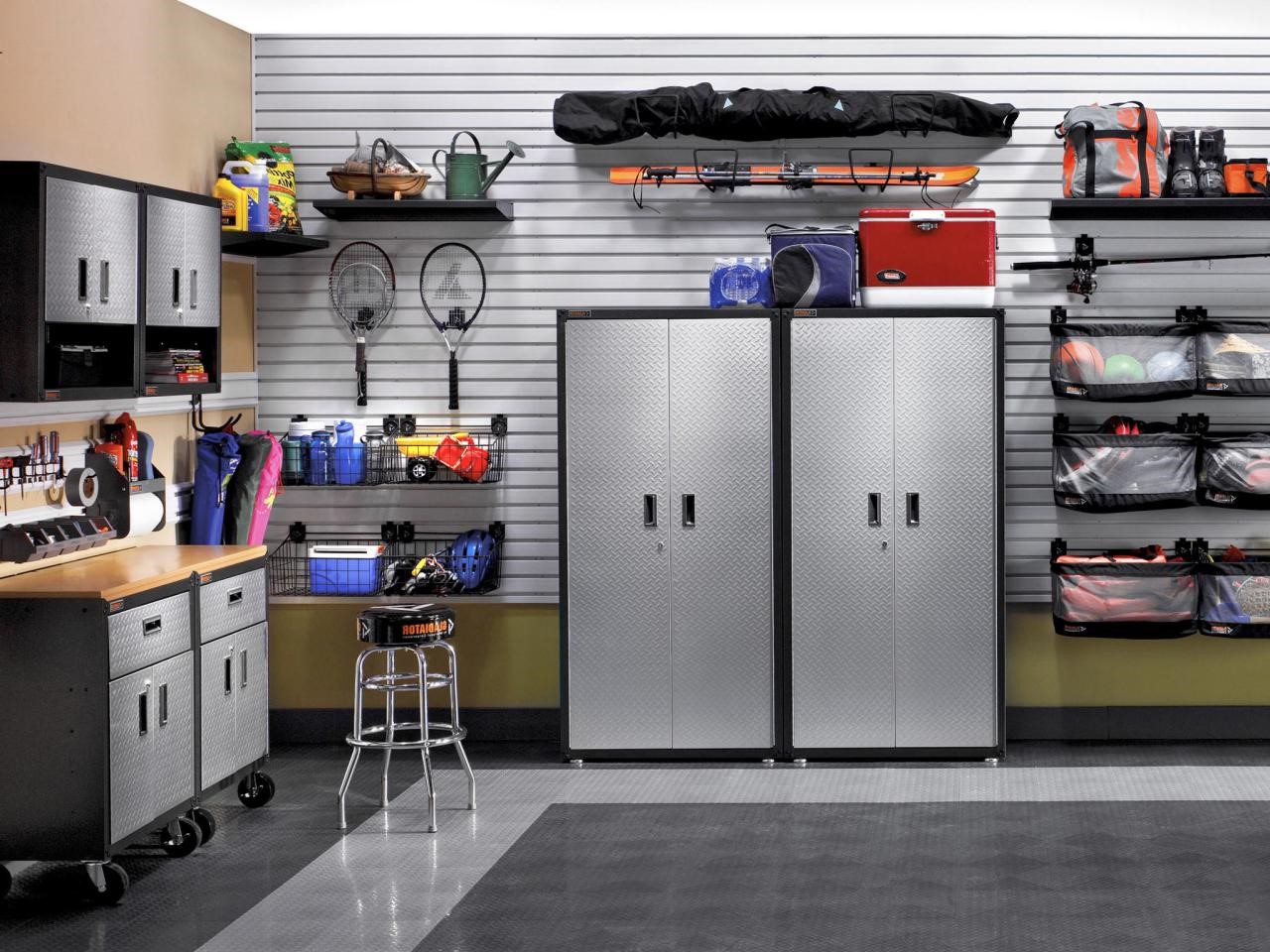
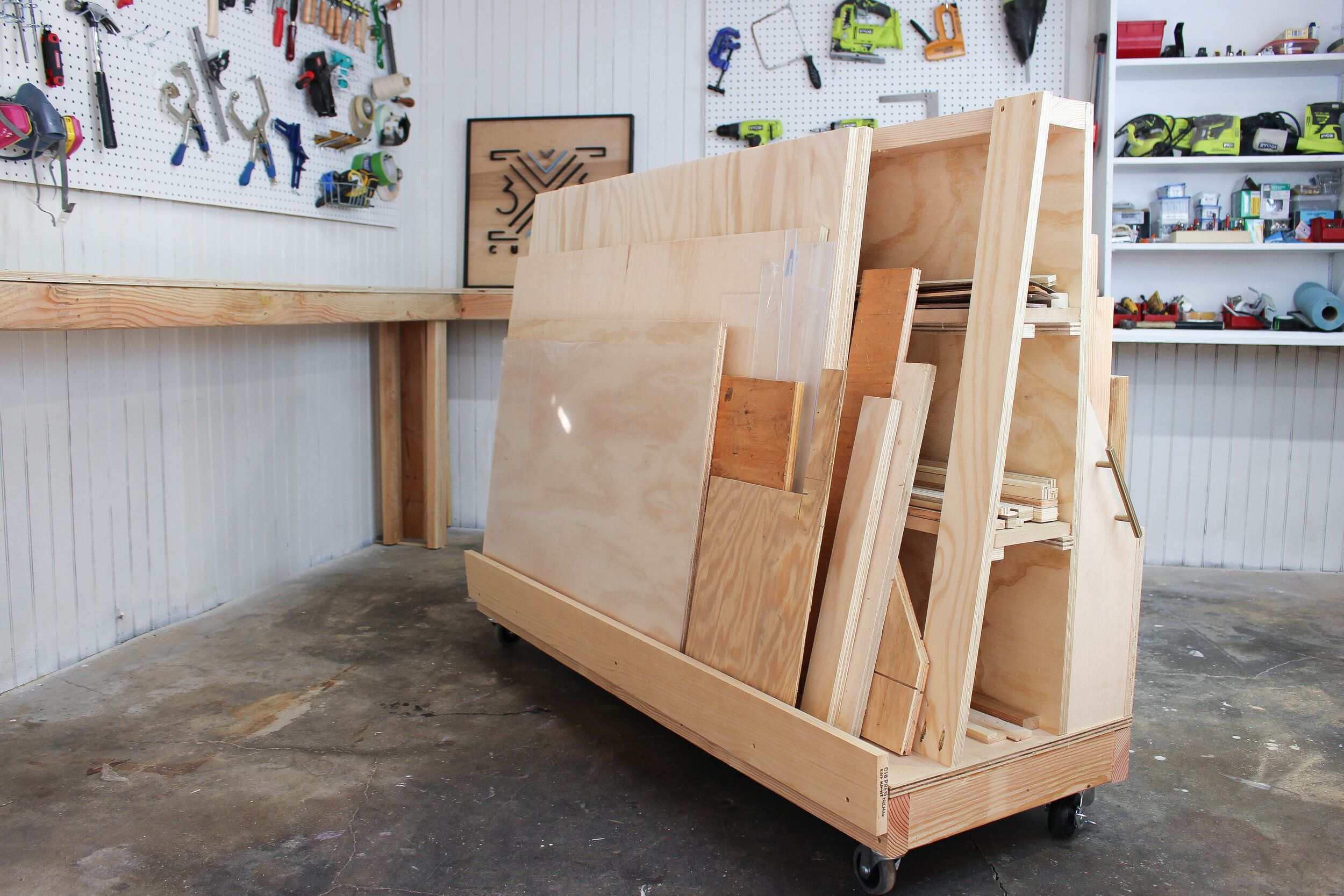


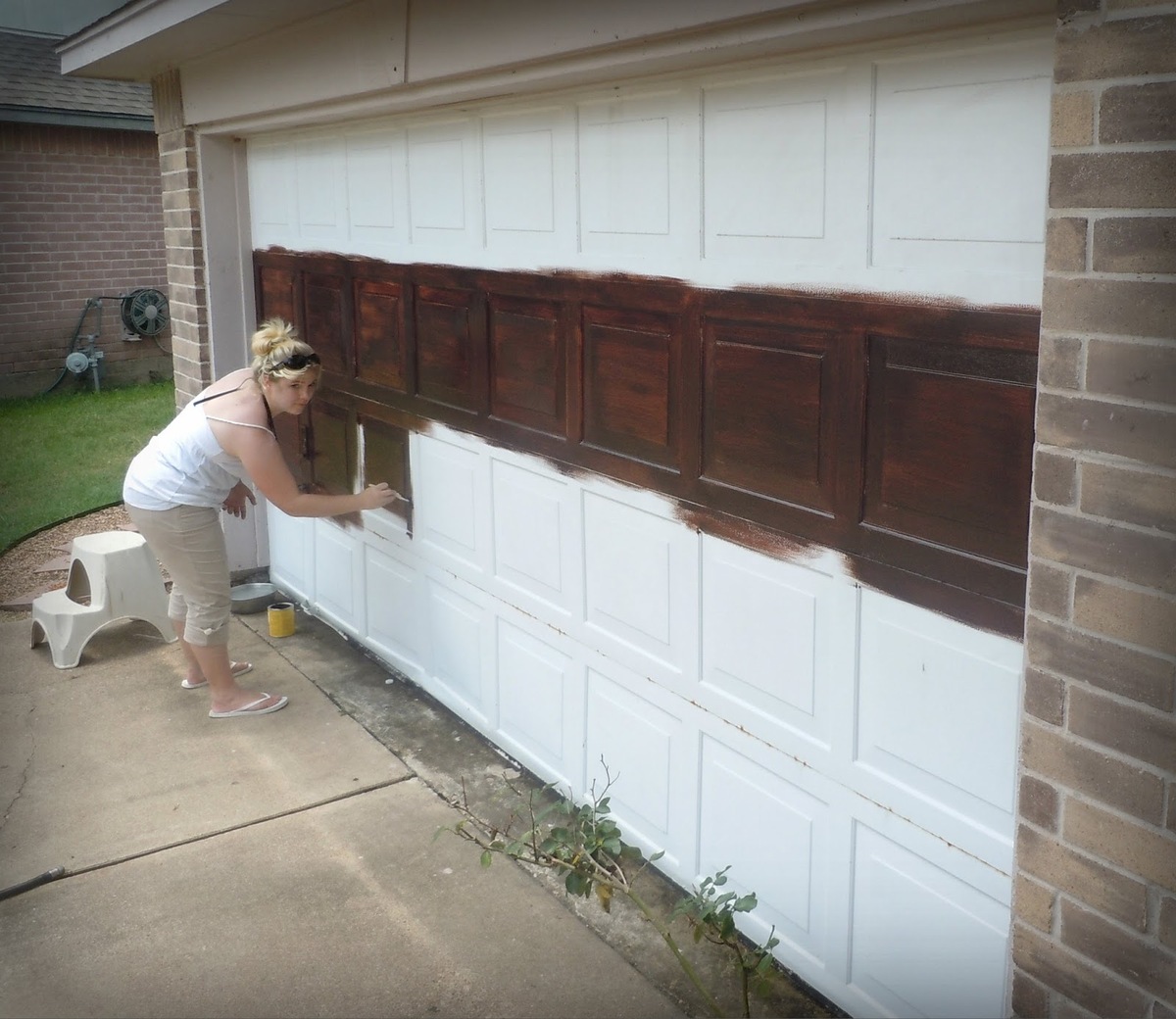
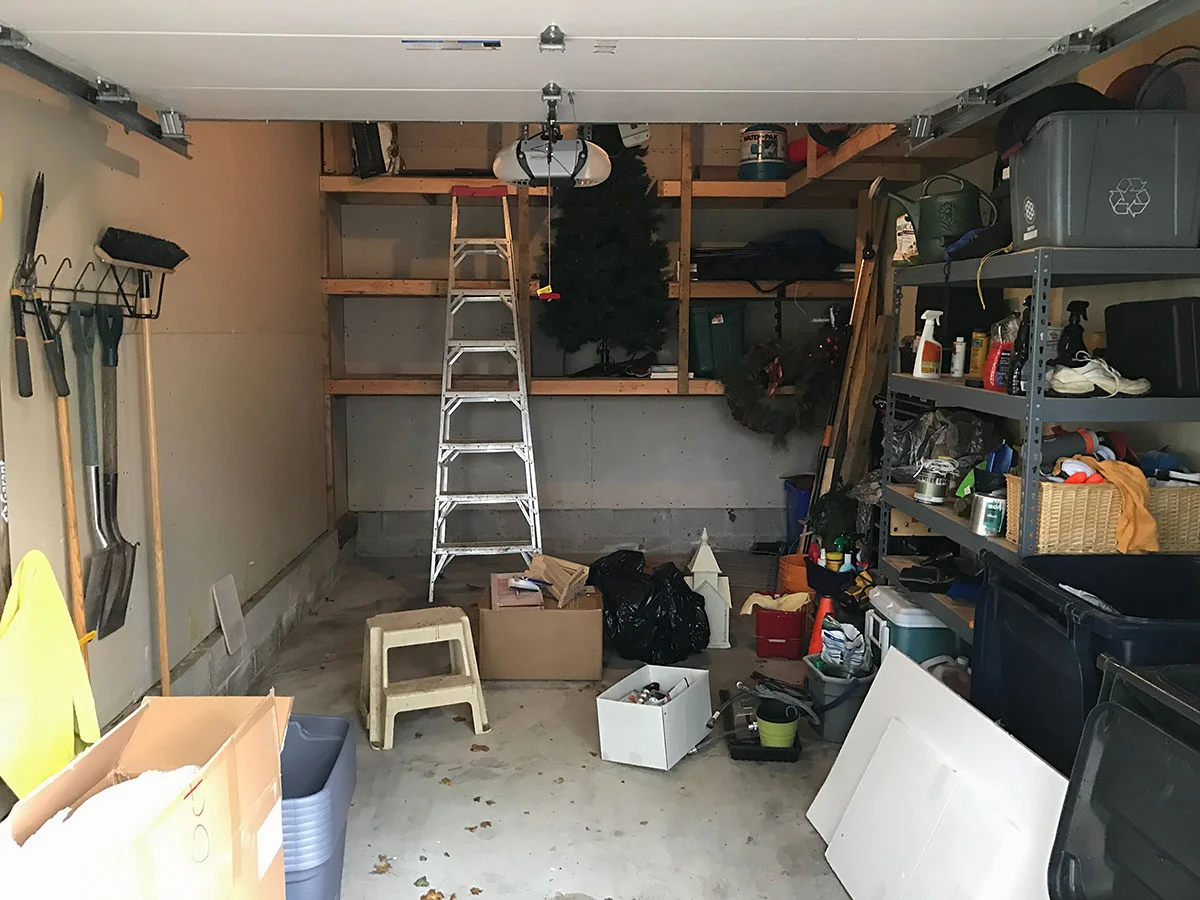
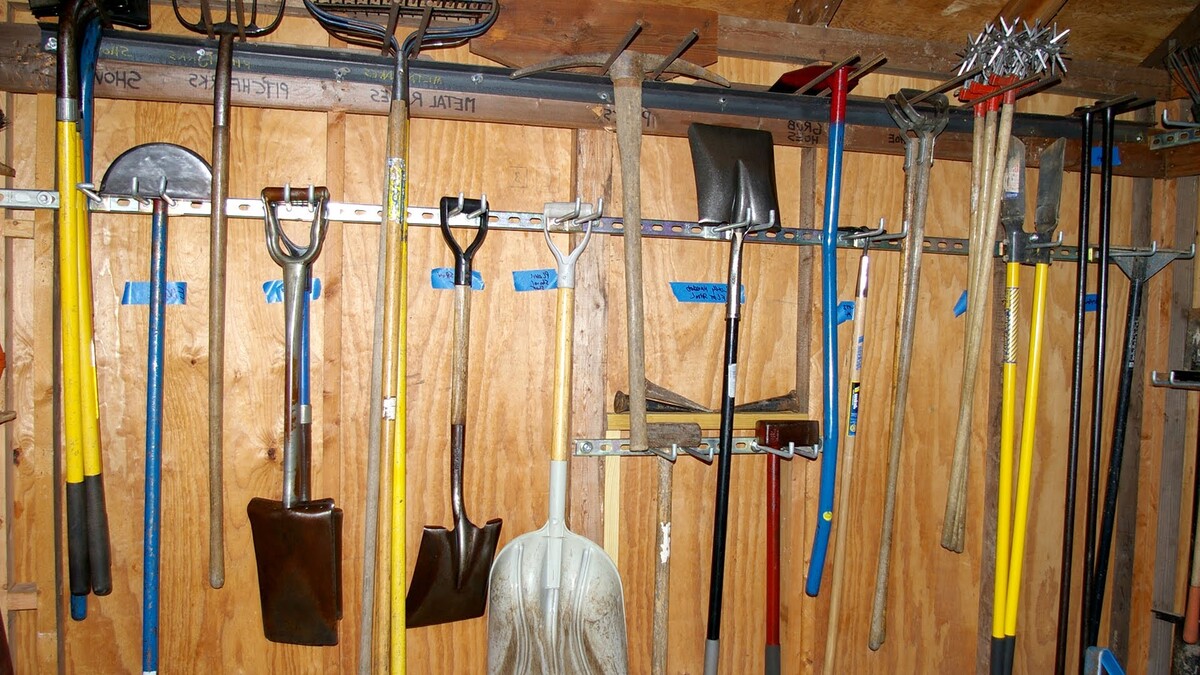
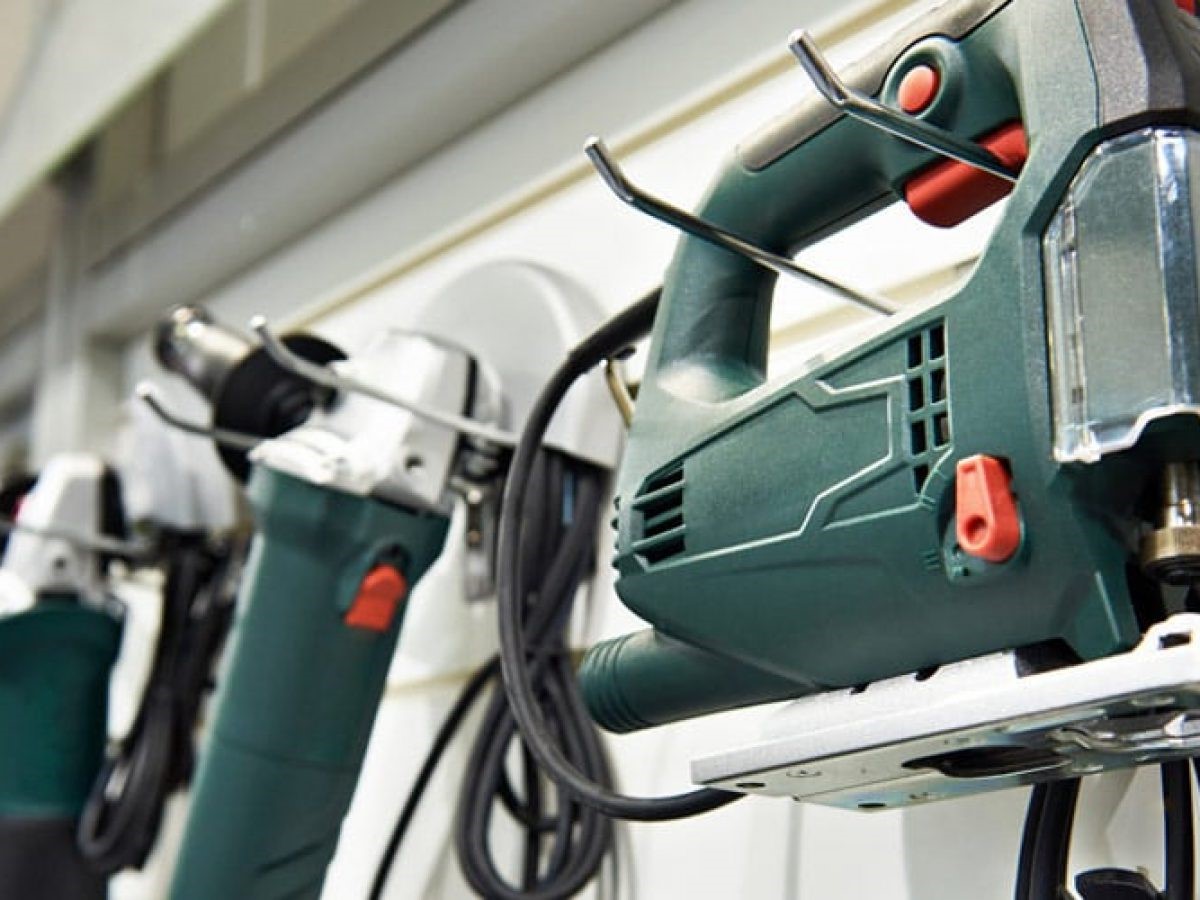
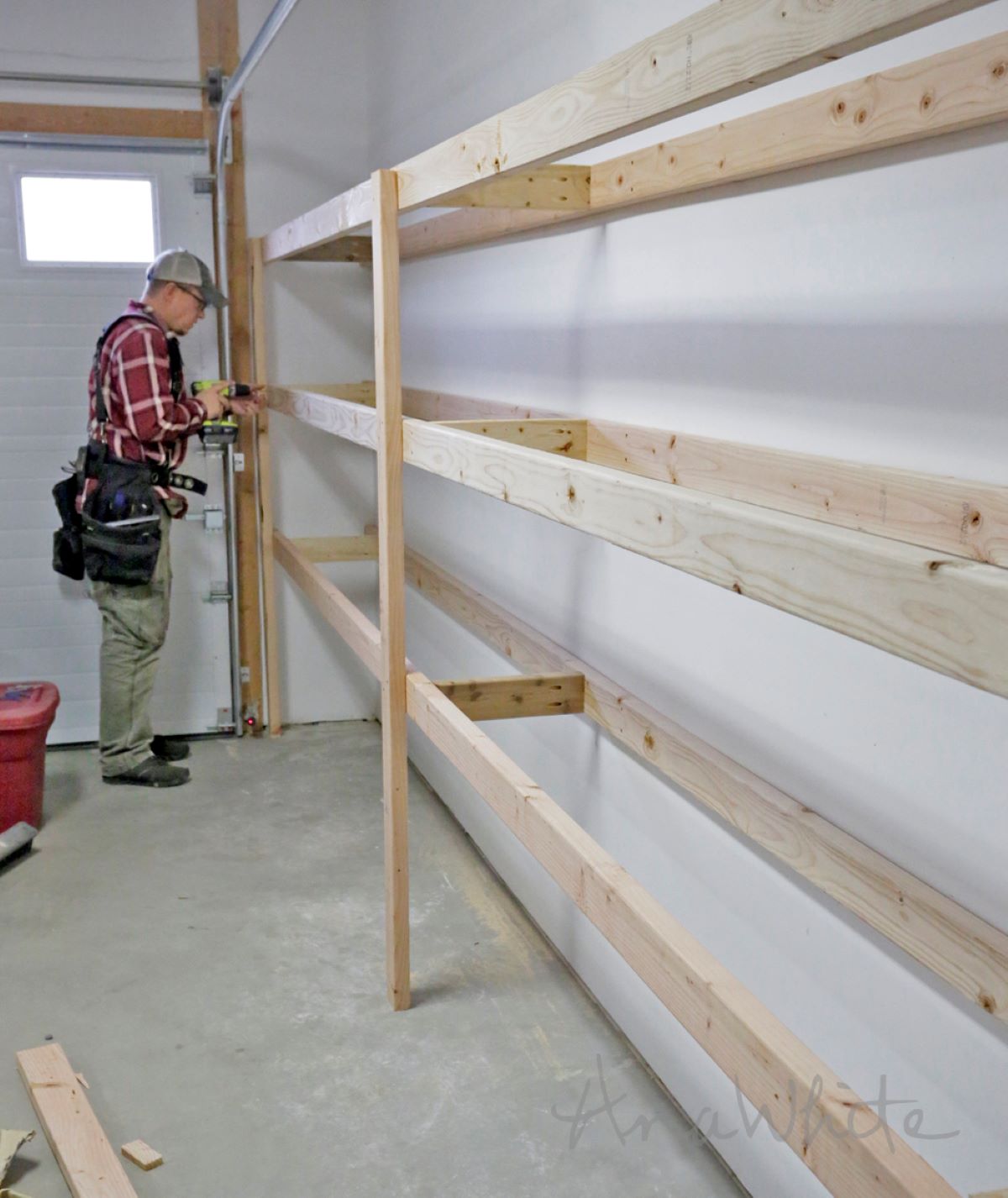
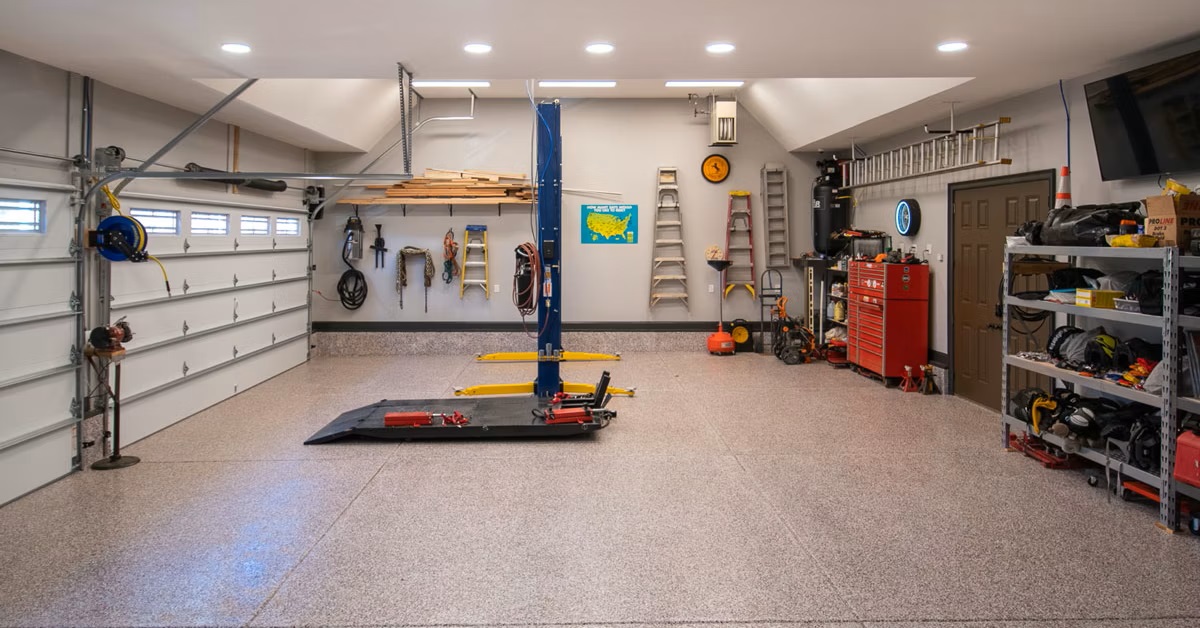
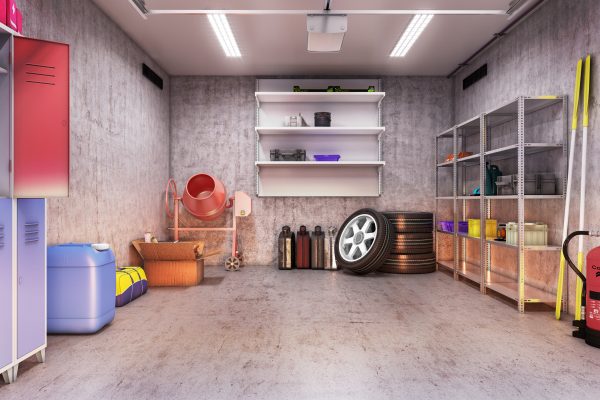
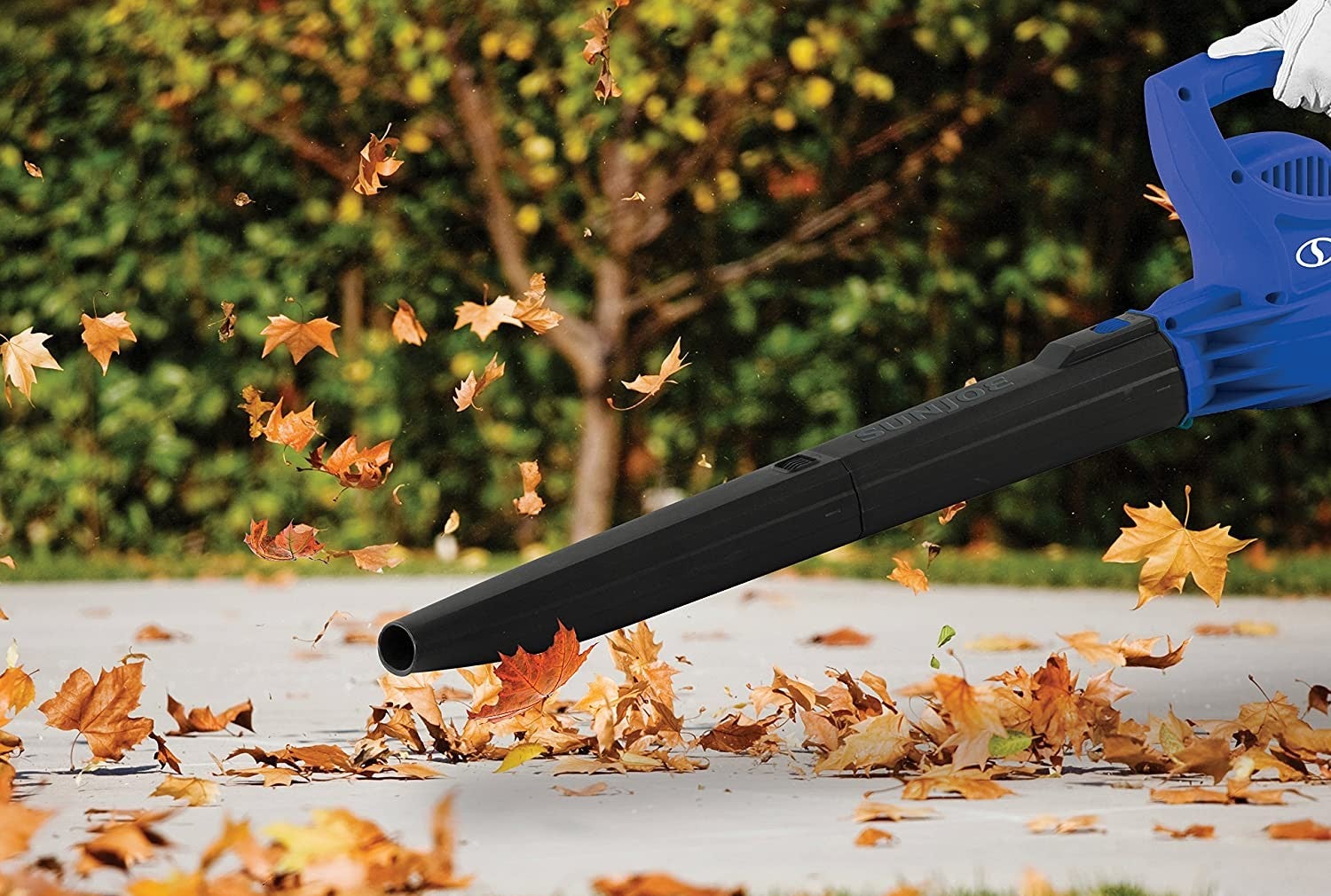



0 thoughts on “How To Organize Wood In Garage”